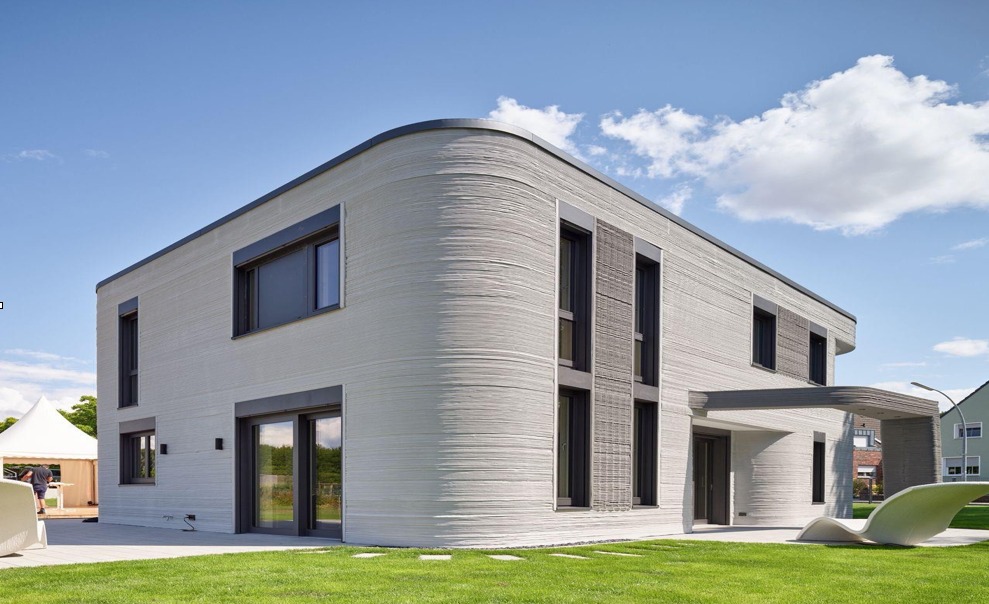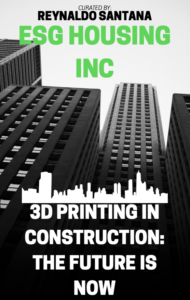With 3D Printing,
We Can Finally Provide Quality Shelter To Low-Income Households
For centuries to come.
The Traditional Way of Construction Is Now History.
High costs, slow construction time, and increased attention on global sustainability is plaguing the housing industry – making it hard for new homes to be developed while unfairly harming low-income households.
But the worst part – traditional construction leads to poor quality housing.
- Both home design and structure significantly influence housing quality and may affect mental and physical health.
- (Low income) homes may be underinsulated, lack air conditioning, and cost more to heat, leaving homes either too hot or too cold, which has been linked to poorer health outcomes
- Inadequately vented appliances in the home may result in increased exposure to carbon monoxide in utero, which may affect fetal development or even result in fetal death.
- Corroded plumbing infrastructure (e.g., in Flint, Michigan) increases residents’ exposure to lead and their risk of lead poisoning
Learn more from the US Office of Disease Prevention and Health Promotion.
Poor-quality housing takes more lives than it helps create...
A home’s poor design and structure in low-income communities is a leading cause in negative health effects that can mentally harm individuals (depression and anxiety), disturb an entire city (relationship between exposure to lead poisoning and crime), and leave a scar that will last for generations.
No one wants that. Shelter has to be high quality and safe.
With 3D Printing,
Houses in the future will...
- Actually Save Lives
- Provide Children With Security
- Build stronger communities
3D Printing technologies rely on the use of sustainable development materials, not on the size of a developer’s pocket books, to ensure high-quality infrastructure that will prevent lead poisoning and other adverse health effects – finally saving lives.
“… we are on the cutting edge of making housing available for every single American today”…
– Secretary Fudge from the U.S Department of Housing and Urban Development on 3D printing.

Watch 3D Printing In Action
3D Printing Is the Way To Go
- Significant savings compared to existing construction methods in terms of construction materials, time and costs with the added benefit of sustainability.
- Automation at its finest adding new jobs to the market and empowering younger folks to think big and help build communities with less complexities.
- While guaranteeing the iron core quality and prefabricated panel costs, 3D printing meets all large-scale, sophisticated needs from both local and international markets.
Download our FREE E-Book

